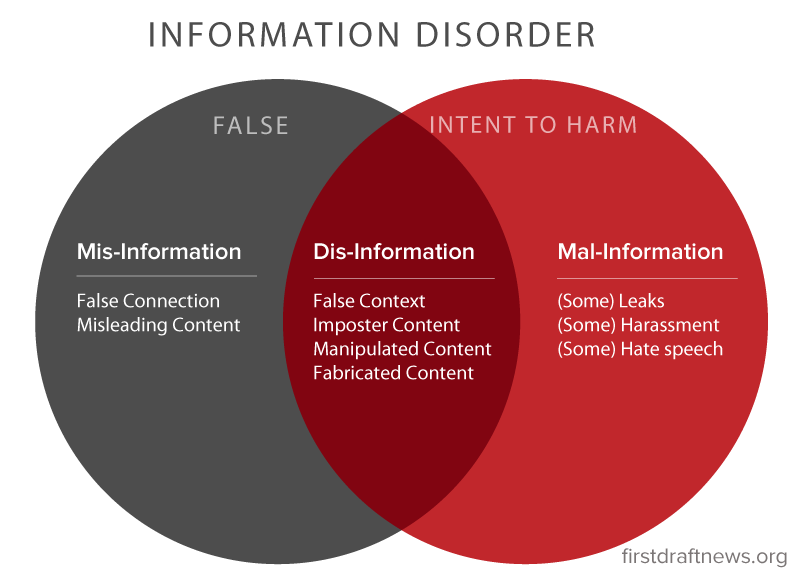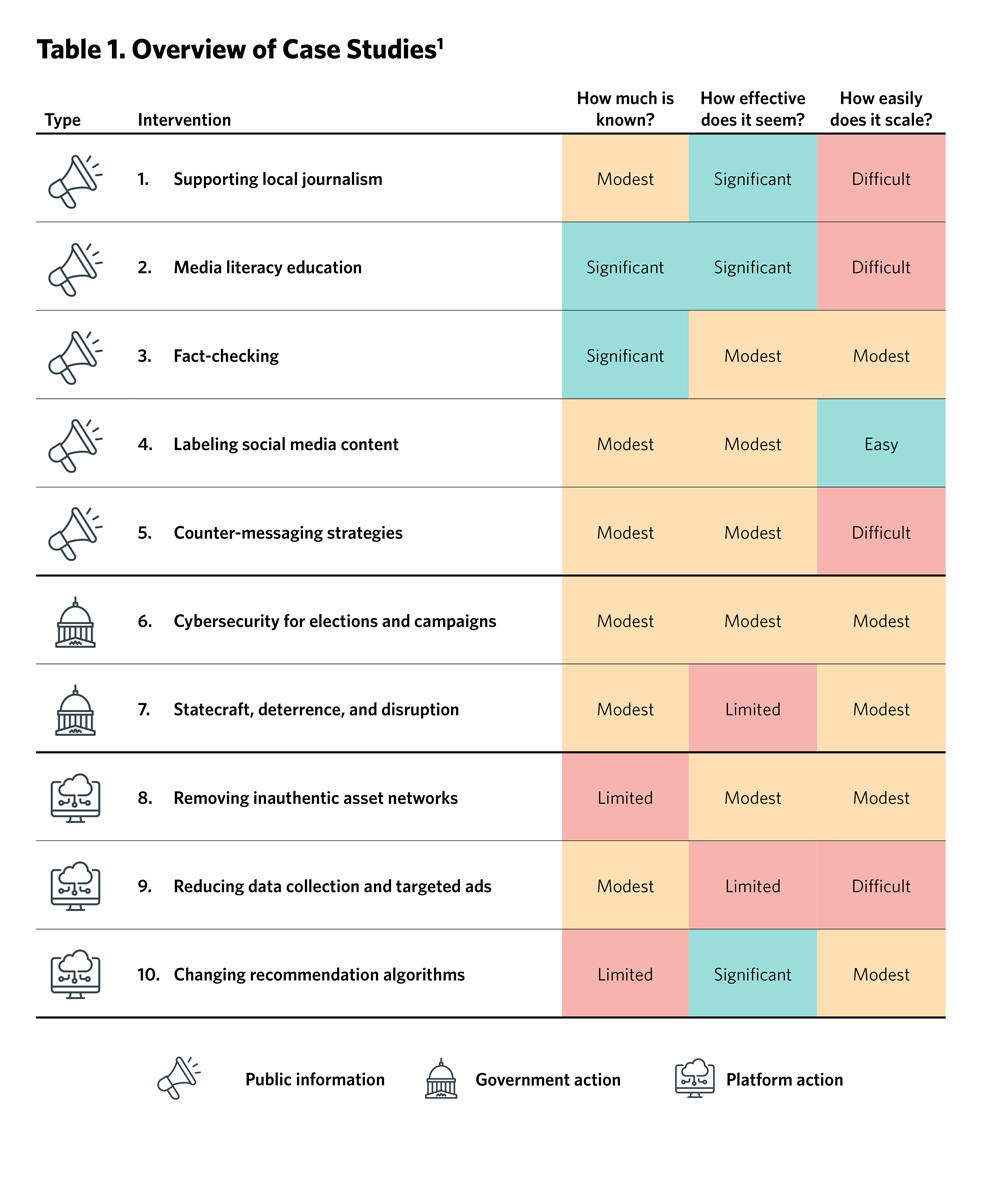So, let’s talk about metadata in media and entertainment. Man, where do I even begin? It sounds boring, I know, like something only librarians care about. But trust me, get into the trenches of actually making or distributing movies, music, or shows, and you’ll see it’s a beast.
I remember when I first landed a job at a small production house, years ago. I was bright-eyed, thought I’d be rubbing shoulders with creatives all day. Well, part of my job ended up being… data entry. Seriously. We had tapes, then hard drives, piling up. And someone needed to log what was on them. The title, sure, but also who was in it, the director, the run time, aspect ratio, even notes about quality or specific takes.

It started simple enough. We had spreadsheets. Lots of them. Different people made them. You can guess what happened next. One sheet used “Director”, another used “Dir.”, sometimes names were misspelled, dates were in different formats (MM/DD/YY, DD-MM-YYYY, you name it). It was a complete free-for-all. Finding anything specific felt like searching for a needle in a haystack, a very messy, inconsistent haystack.
Trying to Make Sense of It
I spent weeks, literally weeks, just trying to clean up one project’s worth of metadata. Going back to call sheets, watching clips, trying to consolidate maybe five different spreadsheets into one ‘master’ list. And that master list? Obsolete the moment someone else started a new sheet for the next batch of footage.
We tried different things over the years.
- Shared documents – led to people overwriting each other’s work.
- Basic database software – nobody really knew how to use it properly, or they didn’t bother.
- More complex asset management systems – these were expensive, and honestly, often too complicated for the day-to-day grind. People found workarounds, which usually meant… yep, back to spreadsheets.
It felt like we were constantly patching holes in a sinking ship.
And here’s the kicker: I thought this chaos was just our little company being disorganized. Then I moved around a bit, worked on bigger projects, consulted for a couple of larger studios. Guess what? Same problems, just on a much bigger scale. You had different departments (marketing, legal, post-production, distribution) all needing metadata, but often managing their own, slightly different versions of it. Marketing cared about actors and synopsis, legal cared about rights and clearances, distribution needed technical specs and territories. Getting them all to agree on one standard? Forget about it.
It’s Everywhere, Still
Think about streaming services now. How do they know what shows to recommend? Metadata. How does your music app know the genre or year of a song? Metadata. How do broadcasters track royalties? Metadata. It’s the plumbing that makes the whole industry work, but often, it feels like that plumbing was put together by a dozen different plumbers who never spoke to each other, using whatever pipes they had lying around.

We wrestled with things like unique identifiers. Is “Star Wars: Episode IV – A New Hope” the same thing as “Star Wars”? How do you link the movie to its trailer, its poster art, its soundtrack, its various dubbed or subtitled versions? We tried implementing standards, but adoption was always patchy. Someone, somewhere, would always go off-script because it was easier for their immediate task.
So yeah, metadata. It’s not glamorous. It’s often a headache. I spent a lot of my career dealing with the fallout from bad metadata – missed delivery deadlines, incorrect royalty payments, shows not showing up where they should. It’s gotten better in some ways, with more awareness and better tools appearing. But the fundamental challenge of getting everyone on the same page, using the same terms, consistently? That struggle is real, and I bet it’s still causing headaches in offices all over the industry right now.














